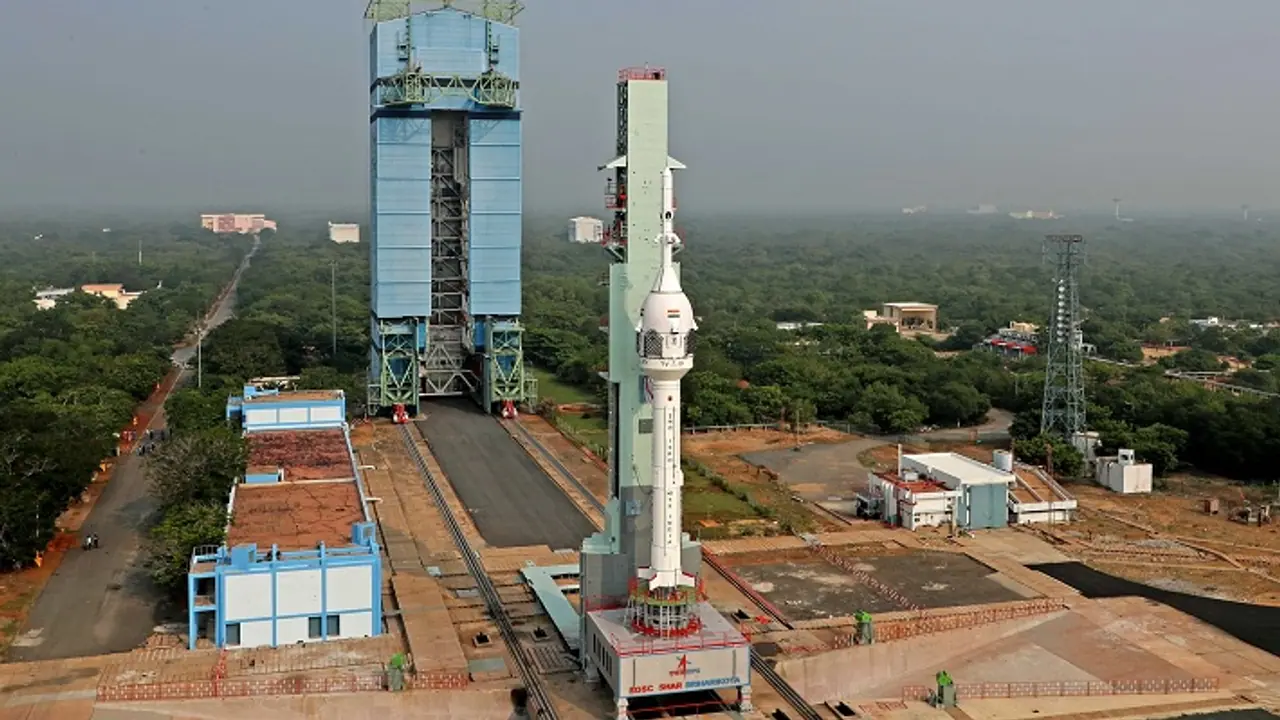The test is a pivotal step toward launching humans into space as part of the Gaganyaan mission, scheduled for 2025. The mission seeks to place astronauts in a Low Earth Orbit for a three-day mission, utilizing a specialized rocket with various propulsion stages. The rigorous testing and preparation for this historic journey are well underway.
The Indian Space Research Organisation (ISRO) on Saturday rescheduled to 10 am the pivotal test flight for its ambitious Gaganyaan mission, a mission aimed at sending humans into space. ISRO has announced that the launch will happen at 10 am today. This, after the anomaly detected by the onboard computer was identified and corrected.

Earlier in the day, ISRO Chairman S Somnath had said: "The lift-off attempt of TV-D1 could not happen today. Initially, the launch was scheduled for 8 am. There was a postponement of the lift-off time to 8:45 am due to the weather situation. And we had a very smooth Automatic Launch Sequence (ALS) leading up to the command of the liftoff of the engine. But the engine ignition has not happened in the nominal course. We have to find out what went wrong with that. The vehicle is safe. We will have to reach the vehicle and then look at what has happened. We will come back soon after analysing what has triggered the hold on the ALS. What has happened is that the ground checkout computer has withheld the launch in view of the anomaly observed. So we will come back with the analysis of the anomaly, correct it and schedule the launch very soon. That would be announced little later after the analysis is completed."
This remarkable milestone was to take place at the Satish Dhawan Space Centre (SDSC) in Sriharikota, Andhra Pradesh. The maiden Flight Test Vehicle Abort Mission-1 (TV-D1) was to showcase the performance of the Crew Escape System (CES). The test involves a single-stage test vehicle powered by liquid propulsion, aptly named the T1-D1. This vehicle is specially equipped with a modified VIKAS engine, featuring both the Crew Module (CM) and the Crew Escape System (CES) mounted at its forward end.
At an altitude of approximately 17 kilometres, the safety system was to disengage from the rocket, which would have set in motion a sequence of actions, including parachute deployment. These actions are meant to ensure the safe return of the crew capsule to Earth, and the capsule executed a controlled landing in the sea, about 10 kilometres off the coast of Sriharikota.
The responsibility for retrieving the TV-D1 Crew Module, which landed about 10 kilometres from the Sriharikota coast, will be shouldered by the Indian Navy. Specialized recovery ships, strategically positioned at a safe distance in the sea, will initiate the approach towards the Crew Module. Skilled divers will affix a buoy to the module, enabling it to be lifted by a ship crane and safely transported back to the shore.
Why did ISRO want to do this test flight?
The primary objective was to assess the effectiveness of the crew escape system, a critical component of the Gaganyaan mission. This system is specifically designed to guarantee the safe return of astronauts in the event of an emergency during the actual crew mission launch, which is scheduled for 2025. The success of this test flight holds immense significance, as it would demonstrate the crew escape system's capability to bring astronauts safely back to Earth. This achievement stands as a crucial milestone in the qualification testing process and the uncrewed mission phases, paving the way for the first Gaganyaan program mission.
What is the Gaganyaan Mission?
The Gaganyaan mission, at its core, aims to send humans into space, placing them in a Low Earth Orbit approximately 400 kilometres above the Earth's surface for a three-day mission. This historic journey is planned for 2025, and the crew for this mission will be transported to the designated orbit using an LVM3 rocket, which incorporates various propulsion systems, including solid, liquid, and cryogenic stages.
S Somanath, the head of ISRO, has underscored the rigorous testing regimen for the Gaganyaan mission, which includes more than 100 tests, with 20 major tests, including three uncrewed HLVM3 missions. All of these preparations are in anticipation of the manned mission scheduled for 2025, marking an exciting new chapter in India's space exploration endeavours.
